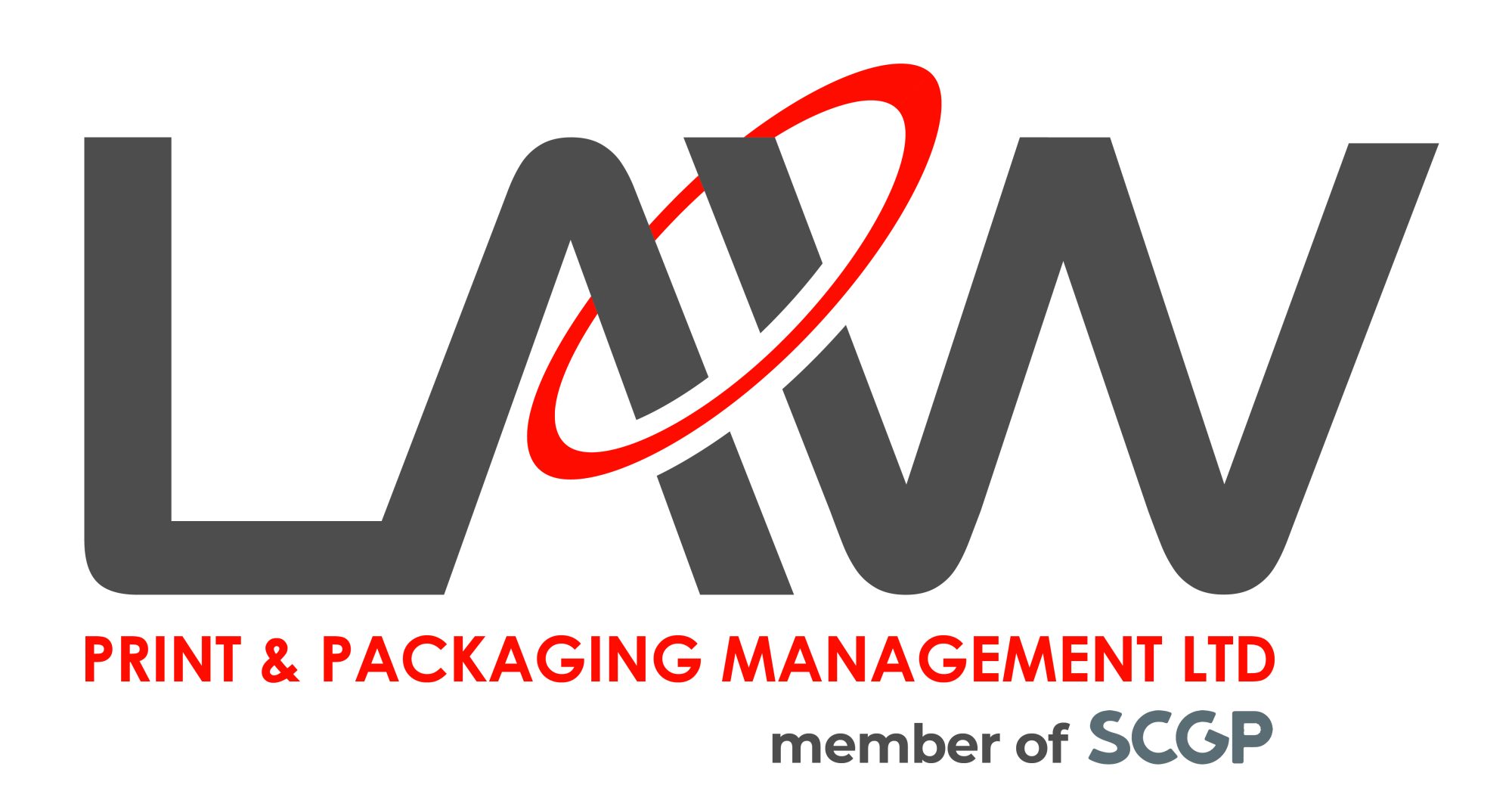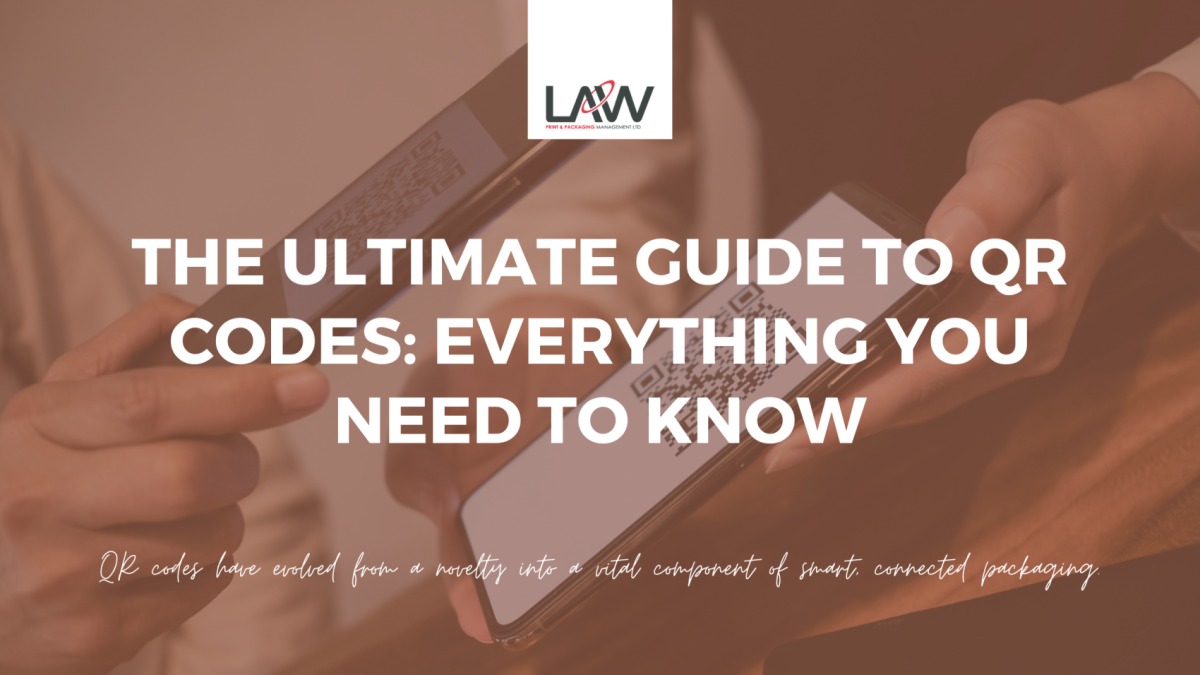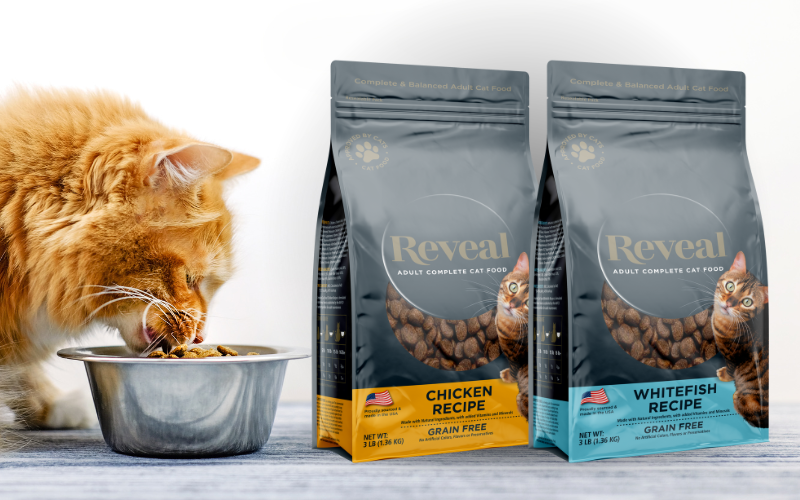QR codes have evolved from a novelty into a vital component of smart, connected packaging.
Whether you’re a brand looking to enhance customer engagement or a packaging designer navigating compliance and sustainability, understanding QR codes is no longer optional — it’s essential.
A QR code (short for Quick Response code) is a two-dimensional barcode that can store a wide variety of data — such as URLs, PDFs, videos, or even geolocation — and can be easily scanned using a smartphone camera. Unlike traditional barcodes, QR codes store far more information, work in any orientation, and are perfect for mobile-first experiences.
QR codes are now used across almost every industry, but they’ve found an especially powerful role in packaging. They can transform how consumers interact with your product by linking to content like tutorials, recipes, reviews, or loyalty programs. Your packaging becomes more than just a wrapper; it becomes an interactive platform that keeps consumers engaged long after the point of sale.
They’re also invaluable for compliance and traceability. In an increasingly regulated landscape, QR codes provide a smart solution for displaying allergen and safety information, offering recycling guidance, and tracking batch or expiry data. Many now support GS1 Digital Link standards, aligning with global retail expectations.
Sustainability
From a sustainability standpoint, QR codes offer a way to reduce waste by minimising printed content on packaging. Rather than overloading the design with detailed information, brands can go “print-light” and deliver everything digitally, while maintaining flexibility to update that content at any time.
QR codes are highly flexible. They can link to websites, campaign landing pages, PDFs, social media channels, video content like unboxings or how-to guides, authentication systems, feedback forms, product registration pages, and even immersive AR or VR experiences. Essentially, they turn your packaging into a digital gateway.
To get the most out of QR codes, attention to design is key. The code should be at least 1 x 1 inch (2.5 x 2.5 cm) to ensure reliable scanning. Avoid placing it on folds, seams, or textured areas — flat, visible surfaces work best. Include a clear call-to-action like “Scan to learn more” to encourage interaction. While QR codes don’t have to be black and white, contrast is essential — light-on-light colours should be avoided. And don’t skip testing: scan your code under various lighting conditions and on multiple devices to ensure a seamless user experience.
Modern Solutions
Modern QR codes can also be dynamic, meaning their destination can be changed even after the packaging has been printed. This allows brands to serve location-specific content, collect engagement analytics like scan time and location, and personalise the consumer journey.
QR codes are no longer just optional add-ons. They’re central to how forward-thinking brands connect with customers, comply with regulations, and embrace a more sustainable packaging model. If you’re looking to innovate, enhance consumer experience, or future-proof your packaging, QR codes are your go-to technology.
In packaging, every square inch counts, so make yours work harder and smarter.
If you’re ready to explore QR code integration, we can help with design, testing, and rollout. This ensures your packaging delivers value in every scan. Let’s connect.
If your brand wants to invest in quality packaging, we will guide you through the entire print process. Additionally, we provide recommendations along the way. This is designed to improve efficiency, reduce costs, and add significant value to the end product.
Contact us on +44 (0) 161 440 7302 . Alternatively, follow this link to complete our contact form.


